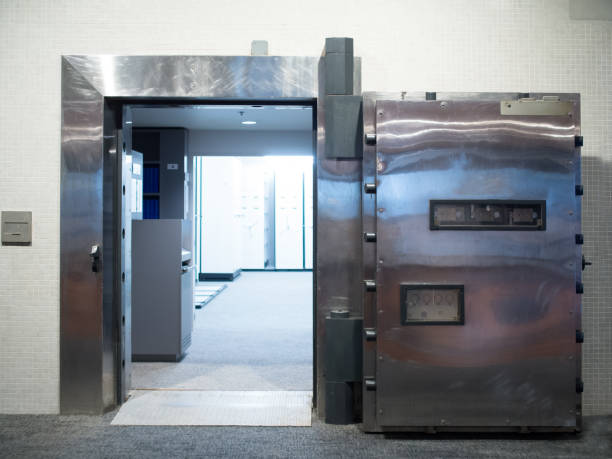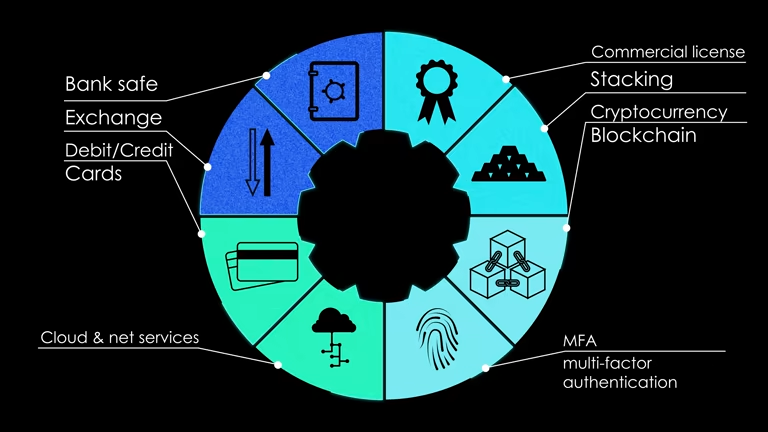Introduction
The headlines have sparked significant debate and concern across the subcontinent and beyond. On the night of 7th May 2025, Geo News reported that India has formulated a “secret plan,” and the Pakistan Army is preparing in response. This development has raised numerous questions about the future trajectory of India-Pakistan relations, the role of military preparedness, and the strategic calculations both countries are making in the context of evolving regional dynamics.
To understand the implications of these developments, it is essential to examine the historical context of the India-Pakistan conflict, the strategic environment surrounding both nations, and the potential outcomes of the current military posture. In this article, we explore these aspects in detail, analyzing the situation, its possible ramifications, and the broader regional consequences.
1. The Historical Context of India-Pakistan Relations
The relationship between India and Pakistan has been marked by decades of conflict, territorial disputes, and military standoffs. Since their independence from British rule in 1947, the two countries have fought three major wars—1947-48, 1965, and 1971—and numerous skirmishes along their shared border. The most contentious issue has been the dispute over the Kashmir region, a territory claimed by both nations.
In addition to territorial disputes, ideological differences have played a crucial role in shaping the nature of the rivalry. India, a secular democracy with a Hindu majority, and Pakistan, an Islamic republic, have often found themselves on opposite sides of international debates, with each country aligning itself with different global powers at various points in history.
2. The Kashmir Conflict: The Root of Tensions
The Kashmir dispute remains the central issue in the India-Pakistan conflict. The region, which is strategically located in the northern part of the Indian subcontinent, has been a flashpoint for conflict between the two nations. Following the partition in 1947, Kashmir’s princely state of Jammu and Kashmir had a choice to join either India or Pakistan. The decision to accede to India in 1948 led to the first war between the two countries, and since then, Kashmir has remained a contested region.
In recent years, the situation in Kashmir has become even more volatile. The revocation of Article 370 by India in August 2019, which stripped Jammu and Kashmir of its special autonomy, intensified tensions. Pakistan strongly condemned the move, and India’s military presence in the region has been met with protests and violence.
This backdrop of animosity and territorial disputes has only deepened the distrust between the two nations, and any developments regarding military readiness are viewed through the lens of this long-standing conflict.
3. The Current Geopolitical Landscape
The geopolitical landscape in South Asia has changed significantly in recent years. India’s growing economic influence, particularly in technology and defense, has positioned it as a regional power. India has also strengthened its ties with global powers, including the United States, which has led to increasing concern in Pakistan about India’s strategic intentions.
On the other hand, Pakistan has faced internal political instability, economic challenges, and concerns about its own security situation. Pakistan’s military, however, remains one of the most formidable in the region, with a strong focus on maintaining a balance of power with India.
The relationship between the two countries is also influenced by the involvement of other global and regional powers, particularly China. China’s growing presence in South Asia, especially its support for Pakistan through the China-Pakistan Economic Corridor (CPEC), has added another layer of complexity to the India-Pakistan rivalry.
4. India’s Secret Plan: What Could It Entail?
The phrase “India’s secret plan” in the headline suggests that there might be a new strategic initiative or a military operation being planned or considered by India. While the specifics of this plan are not revealed, there are several possible scenarios that could constitute such a plan:
- Military Operations in Kashmir: Given the ongoing conflict in Kashmir, India may be preparing for a military operation aimed at consolidating its control over the region. This could include targeted strikes against militants or separatist groups that India accuses of having links with Pakistan.
- Counter-Insurgency Strategies: India could be focusing on an expanded counter-insurgency campaign in Kashmir or other regions affected by militancy. This would likely involve a combination of military operations and intelligence-led strategies to dismantle terrorist networks operating in the region.
- Strategic Alliances and Diplomatic Moves: Another possibility is that India is leveraging its growing international influence to push for greater diplomatic pressure on Pakistan. This could involve strengthening ties with countries like the United States, Israel, and others that have shared interests in countering Pakistan’s nuclear capabilities and its support for militant groups.
- Nuclear Posturing: In the realm of strategic deterrence, India could be preparing to send a message through its nuclear forces. India has a no-first-use policy on nuclear weapons, but tensions over the Kashmir issue could escalate to the point where nuclear posturing becomes a possibility.
While these are speculative scenarios, the concept of a “secret plan” points to the notion of strategic ambiguity—where a country keeps its intentions unclear in order to gain a tactical advantage in a potential conflict.
5. Pakistan’s Response: The Readiness of the Pakistan Army
Pakistan, recognizing the potential threat posed by India’s growing military capabilities, has consistently emphasized the importance of maintaining a high level of military readiness. The Pakistan Army, one of the largest and most powerful military forces in the region, is designed to counterbalance India’s superior conventional forces.
Several factors contribute to Pakistan’s military readiness:
- Nuclear Deterrence: Pakistan’s nuclear arsenal is central to its defense strategy. Pakistan’s nuclear weapons, coupled with the concept of credible minimum deterrence, are meant to dissuade India from launching a full-scale conventional attack. The idea is to ensure that any war with India could escalate to nuclear conflict, which would be unacceptable to both nations.
- Defensive Posture in Kashmir: Pakistan has maintained a defensive military posture in the Kashmir region, supporting insurgent groups in the Indian-administered portion of Kashmir. This has led to cross-border skirmishes and the ongoing conflict in the region. Pakistan is likely to continue its support for Kashmiri separatists and militants as a way of countering Indian influence in the region.
- Asymmetric Warfare: Given the disparity in conventional military strength between India and Pakistan, Pakistan has focused on asymmetric warfare tactics, such as the use of guerrilla fighters, terrorism, and proxy warfare to achieve its strategic objectives. This includes support for militant groups operating in Jammu and Kashmir and other parts of India.
- Alliances and External Support: Pakistan continues to strengthen its alliances with countries like China, which provides both economic and military assistance. The China-Pakistan Economic Corridor (CPEC), which connects Gwadar port in Pakistan to western China, is a significant factor in Pakistan’s strategic calculus. The military collaboration between Pakistan and China is an important factor in the regional balance of power.
6. The Role of International Actors
The involvement of global powers like the United States, Russia, and China will have a significant impact on any potential conflict between India and Pakistan. The United States, with its close ties to India, may act as a mediator or provide support to India in a crisis. On the other hand, China’s strong ties with Pakistan complicate the situation, as China could provide diplomatic, economic, and military support to Pakistan in the event of a conflict.
The international community’s role in de-escalating tensions between the two countries will be crucial. The United Nations and other diplomatic channels may play a key role in preventing conflict or limiting its scope if tensions rise.
7. Conclusion: A Dangerous Crossroads
As India and Pakistan continue to navigate their complex and often antagonistic relationship, the potential for conflict remains ever-present. The “secret plan” referenced in the headlines could be a sign of a new phase in the conflict, whether it involves military escalation, diplomatic maneuvering, or a shift in the regional balance of power. Pakistan’s military readiness, while largely focused on deterrence, highlights the deep concerns the country has regarding India’s strategic intentions.
The future of India-Pakistan relations will depend on how both countries approach the ongoing tensions, the role of international actors, and the broader geopolitical forces at play. For now, the situation remains fluid, and the global community must remain vigilant to avoid a catastrophic escalation in the region.










































ok